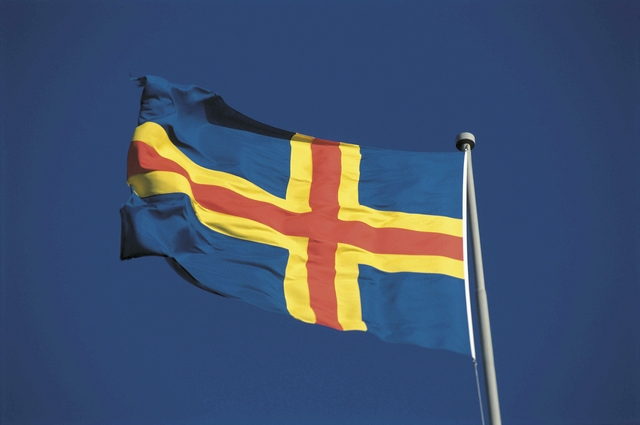
On Åland you will find the world's most beautiful archipelago and lots of untouched nature. Here you can enjoy a life where island time rules. The proximity to everything means you get more time for life. You have 10 minutes to the career. 10 minutes to kindergarten and school. 10 minutes to leisure and activities.
In the middle of the Nordics
Åland belongs to Finland, but the proximity to Sweden is clear in culture and habits. Classic Nordic dishes such as meatballs, for example, feel as Åland as they do Swedish. The Ålanders also speak Swedish and like to watch Swedish TV.
Archipelago, countryside and lots of sunshine
The environment is varied, from the rugged cliffs of the outer archipelago to forests and fertile agricultural landscapes on solid Åland.
The climate is typical maritime climate with relatively mild winters, cool springs, normal summer and slightly warmer autumn. The island has the most hours of sunshine in the Nordic countries during the summer half-year.
Road network with red roads, bridges and car ferries
The country roads are red, the color comes from the red rock granite. There are no trains or subways here, but where the roads end you can instead continue the journey by car ferry to the islands in the archipelago.
The history of Åland then began with the land area that now forms Åland populated about 4200 BC Åland was Christianized in the early 11th century. Åland was part of Swedenuntil 1809 then Finland including Åland i Peace in Fredrikshamn fell to Russia.
During the Russian period, 1809–1917, was built Bomarsund's fortress and Mariehamn was founded. After Finland declared independence wanted the Ålanders to be reunited with Sweden. Instead, Åland got autonomy 1922 after intervention by the League of Nations. The self-governing landscape has been given extended autonomy from 1922 until today.
